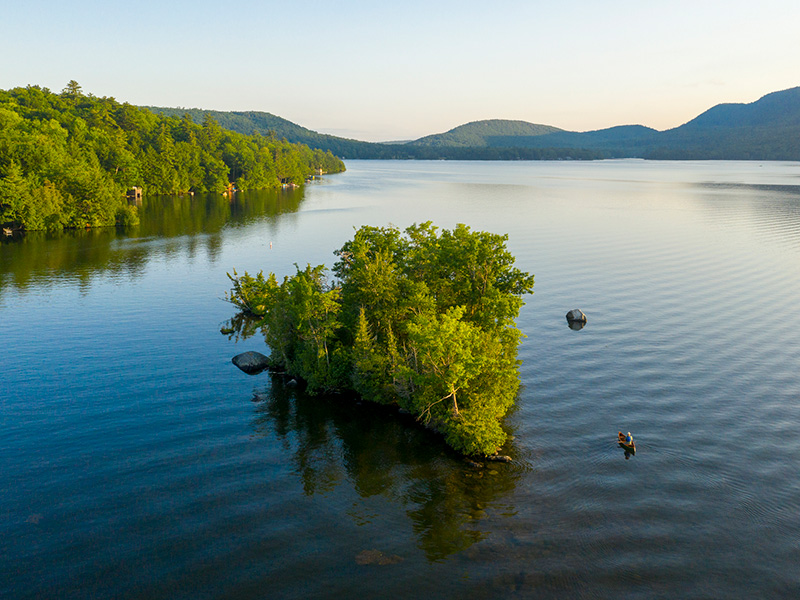Vermont is the greenest state in the U.S., according to ConsumerAffairs.
With the lowest emissions per capita and nearly 100% of electricity sourced renewably, the Green Mountain State has earned a gold-star reputation for climate awareness and action. Almost half of the state’s power comes from the 47 hydroelectric dams around the state, and 16% of the state’s power comes from solar. Vermont also recorded the second-lowest amount of waste per capita. In 2020, Vermont’s universal composting law went into effect, reducing the amount of food scraps that go through the state’s landfills. Vermont is also among the top five states with access to electric vehicle chargers.
This ranking echoes WalletHub’s April report that Vermont is the greenest state in the U.S.
The state has set bold climate goals for the coming decades, eyeing a complete change to net zero emissions by 2050 based on reducing energy burdens in small towns and municipalities and limiting use of harmful chemicals that contribute to climate change. In Burlington, Vermont’s biggest city, more widespread use of the public transit system are hoped to make an impact on emissions, contributing to the 2050 goal.
Read the full study to see why Vermont was named No. 1 greenest state in the nation.




